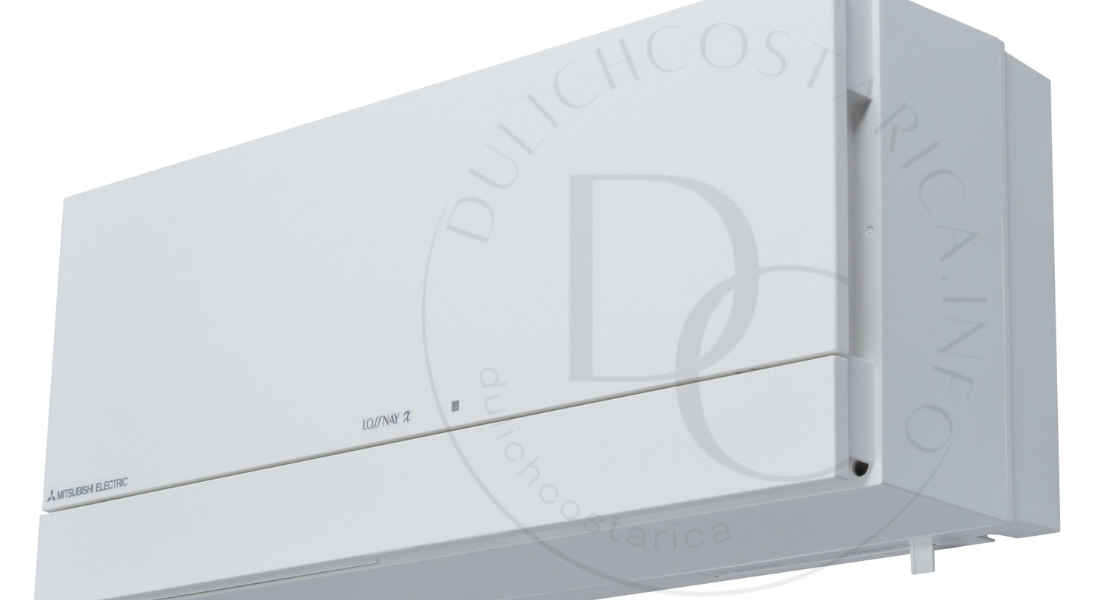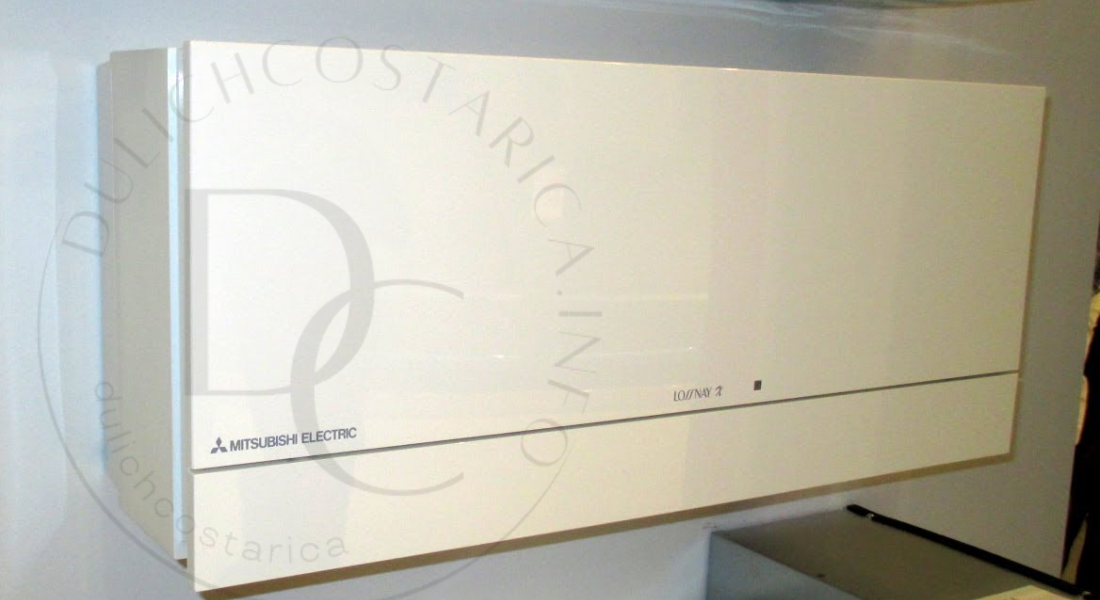Why the Mitsubishi Lossnay Heat Recovery Ventilation System is a Game-Changer
In today’s world, energy efficiency and environmental sustainability are crucial when selecting ventilation systems for residential and commercial spaces. As energy costs rise and environmental concerns grow, it’s more important than ever to invest in systems that balance both performance and eco-friendliness. One standout solution in this regard is the Mitsubishi Lossnay Heat Recovery Ventilation System. Which combines innovation and energy conservation to enhance indoor air quality while reducing energy consumption. This system is rapidly becoming a go-to choice for modern buildings that prioritize sustainability and comfort.
In this article, we will explore how the Lossnay ventilation system works, its key features, and the wide range of benefits it offers. We will also discuss its applications for both residential and commercial spaces. Making it easier for you to determine if this system is right for your needs.
What is the Mitsubishi Lossnay Heat Recovery Ventilation System?
At its core, the Lossnay system is a ventilation solution designed to improve indoor air quality without sacrificing energy efficiency. Unlike traditional ventilation systems, which exhaust stale air and let fresh air in without consideration for temperature differences. his system recovers heat from the outgoing air and transfers it to the incoming fresh air. The result is a constant flow of fresh air that maintains an optimal indoor temperature. Reducing the need for additional heating or cooling.
This energy-efficient mechanism not only keeps your home or office comfortable but also helps lower energy costs by reducing reliance on HVAC systems. Its key feature is the heat exchange process. Which makes it one of the most advanced and eco-friendly ventilation systems available today.
How Does the Lossnay Ventilation System Work?
The Lossnay system uses a highly efficient heat exchanger to transfer thermal energy from the exhaust air to the incoming fresh air. The process ensures that the interior temperature of the space remains steady while fresh air is brought in, enhancing indoor air quality without wasting energy.
Here’s a step-by-step breakdown of how the system works:
- Exhaust Ventilation: Stale, warm air is drawn out of the building through the system.
- Heat Exchange: As the air is expelled, its heat is transferred to the incoming fresh air through a heat exchanger. This prevents the temperature inside the building from fluctuating dramatically, reducing the need for additional heating or cooling.
- Fresh Air Intake: Clean, fresh air is then brought into the building, which helps maintain a healthy indoor environment without compromising energy efficiency.
This method of ventilation ensures continuous airflow while also contributing to energy conservation and reducing the strain on heating and cooling systems.
Key Benefits of the Lossnay System
- Energy Efficiency
The most significant advantage of the Lossnay heat recovery ventilation system is its energy-saving capabilities. By recovering heat from the exhausted air and transferring it to the incoming air, the system helps regulate the indoor climate without the need for extra heating or cooling. This results in reduced energy consumption and lower utility bills. Over time, the system’s efficiency pays for itself, making it a wise long-term investment for any property.
- Improved Indoor Air Quality
Ventilation is key to ensuring a healthy indoor environment. With the Lossnay system, you’ll have a continuous supply of fresh air. While stale and contaminated air is expelled from the building. This helps prevent the buildup of harmful pollutants, allergens, and moisture. The system is particularly beneficial in tightly sealed homes and buildings, where natural ventilation may be limited.
- Sustainability and Eco-Friendliness
The Lossnay system supports sustainable building practices, making it a perfect fit for eco-conscious consumers. It contributes to lowering a property’s carbon footprint by reducing the energy required for heating and cooling. This makes it an ideal choice for green buildings and energy-efficient construction projects. As energy-saving technologies become more important, the Lossnay system aligns with modern environmental standards and helps achieve sustainability goals.
- Quiet Operation
Another notable feature of the Lossnay heat recovery system is its quiet operation. Unlike traditional ventilation systems, which can often be noisy and disruptive. His system runs silently, maintaining a peaceful and comfortable indoor environment. This is especially important in environments where noise levels need to be kept to a minimum. Such as in homes, offices, or healthcare facilities.
Applications of the Lossnay Heat Recovery Ventilation System
- Residential Use
For homeowners, the Lossnay system offers a smart way to improve energy efficiency and indoor comfort. In modern homes with airtight construction and high insulation levels, natural ventilation can be insufficient, leading to poor indoor air quality. The Lossnay system solves this issue by providing a continuous supply of fresh. iltered air without the need to open windows, which can lead to energy loss. Whether for new builds or retrofits, this system helps create a healthier and more energy-efficient living environment.
- Commercial Use
In commercial spaces, the Lossnay system offers significant benefits as well. It’s especially valuable in office buildings, retail spaces, or healthcare facilities, where large volumes of people require a steady supply of fresh air. Businesses can reduce their carbon footprint and enhance indoor air quality by integrating this ventilation system into their HVAC infrastructure. The Lossnay system can also optimize existing ventilation networks, further improving energy efficiency and comfort across the building.
How to Choose the Right Lossnay System for Your Space
When selecting the right Lossnay ventilation system for your building, several factors must be considered:
- Size of the Space: Larger buildings or spaces with higher occupancy will need a more powerful system with a higher airflow capacity.
- Energy Efficiency Goals: If you’re aiming to achieve specific environmental targets, consider how much energy reduction you want to achieve with your ventilation system.
- Building Type: Whether the building is residential or commercial, ensure the system is compatible with the existing HVAC setup and ventilation requirements.
- Climate: Local climate conditions can also affect the performance of the system. For example, in colder climates, the heat recovery feature may provide more significant energy savings.
Consulting with an HVAC professional or a Mitsubishi representative can help guide you in choosing the optimal Lossnay system for your specific needs.
Conclusion
The Lossnay heat recovery ventilation system is a revolutionary solution for improving indoor air quality and enhancing energy efficiency. Its innovative heat exchange technology helps reduce reliance on traditional heating and cooling systems. utting energy costs while maintaining a comfortable indoor environment. Whether for residential or commercial use, this system is a game-changer that aligns with modern sustainability goals.
By investing in the Lossnay system, you’re not just improving the comfort and health of your space. ut also making a responsible choice for the environment. With its long-term energy savings, silent operation, and eco-friendly design. It’s clear why this system is becoming an essential part of the future of ventilation technology.

